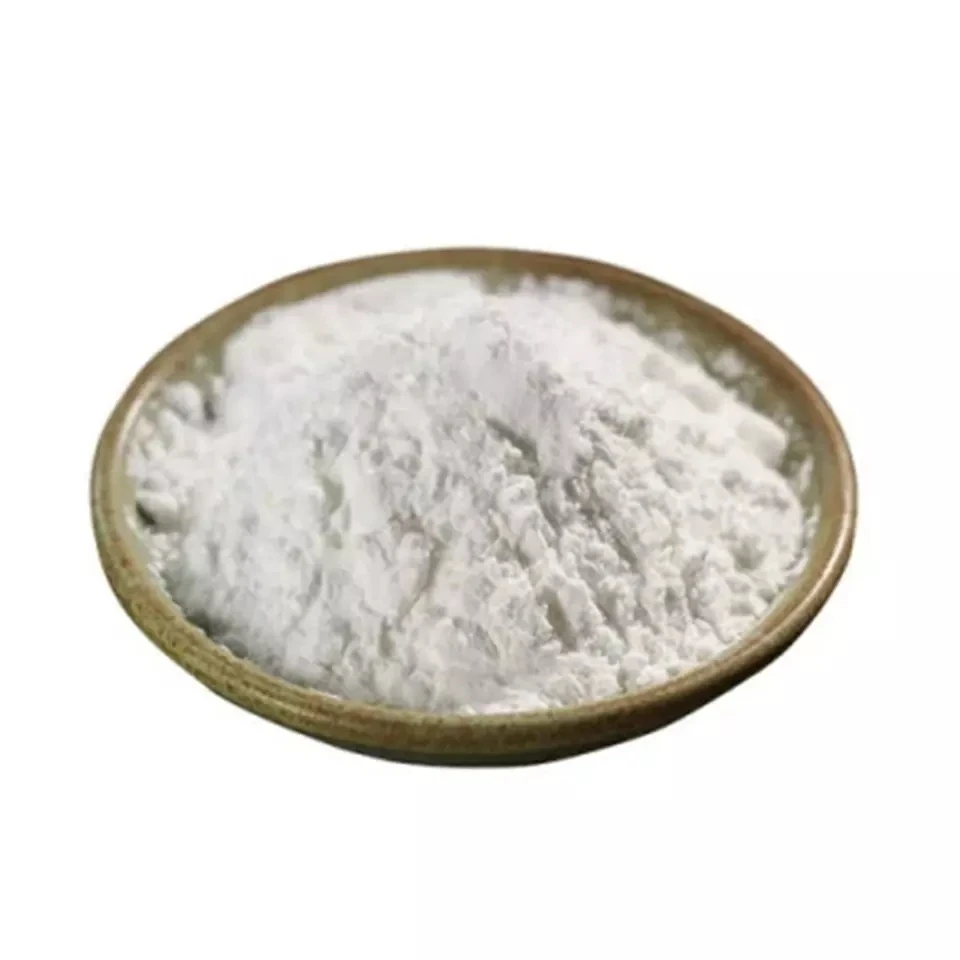Warning: Undefined array key "title" in /home/www/wwwroot/HTML/www.exportstart.com/wp-content/themes/1198/header.php on line 6
Warning: Undefined array key "file" in /home/www/wwwroot/HTML/www.exportstart.com/wp-content/themes/1198/header.php on line 7
Warning: Undefined array key "title" in /home/www/wwwroot/HTML/www.exportstart.com/wp-content/themes/1198/header.php on line 7
Warning: Undefined array key "title" in /home/www/wwwroot/HTML/www.exportstart.com/wp-content/themes/1198/header.php on line 7
Nov . 24, 2024 18:35 Back to list
Exploring the Sweetness and Controversies Surrounding Saccharin as a Sugar Substitute
Saccharin The Sweetest Controversy
Saccharin, one of the oldest artificial sweeteners, has carved a niche for itself in the world of food and beverages. Discovered in 1879 by chemist Constantin Fahlberg, this compound, which is about 300 to 400 times sweeter than sucrose (table sugar), quickly became popular as a sugar substitute, particularly for those looking to reduce calorie intake or manage diabetes. Its unique sweetness and low-calorie profile have made it a staple in the diet food segment, but saccharin's journey has not been without controversy.
The sweetener was initially embraced without hesitation, as sugar prices soared and health consciousness began to rise in the early 20th century. Saccharin was marketed primarily as a safe alternative to sugar, particularly during World War I when sugar rationing was in effect. However, the tide turned in the 1970s when studies suggested that saccharin could be linked to bladder cancer in laboratory rats. This prompted the U.S. Food and Drug Administration (FDA) to take action, leading to a temporary ban on the substance in 1977. The backlash was significant; consumers were alarmed, and manufacturers faced uncertainty.
The scientific community was divided. Some defended saccharin, arguing that the doses given to rats were far beyond what a human would ever consume. These debates culminated in further studies that reassured the public and regulatory bodies. By 2000, the National Toxicology Program removed saccharin from its list of potential carcinogens, declaring that the evidence was inconclusive regarding saccharin's risk to humans. The World Health Organization (WHO) had also weighed in, affirming that saccharin is safe for consumption, which marked a turning point in its public perception.
Despite the scare, saccharin continued to be widely used, thanks in part to its unique properties. Unlike many other sweeteners, saccharin does not have a caloric value, making it appealing for calorie-conscious individuals. It also has a long shelf life and does not ferment, making it a favorite among food manufacturers. Products like Sweet'N Low have prominently featured saccharin as their key ingredient, further entrenching its place in markets.
saccharin

However, the narrative around saccharin is not solely about sweetness and safety. The ongoing debate about artificial sweeteners extends to public health and nutrition. Critics argue that while saccharin provides an immediate solution to calorie reduction, it may not encourage healthier eating habits. Some studies suggest that artificial sweeteners, including saccharin, could trigger cravings for more sweets or lead to a disconnection between calorie intake and satiety, thereby undermining their intended benefits.
Moreover, as consumer preferences have shifted towards more natural options, saccharin finds itself in the crossfire of debates regarding health, wellness, and nutrition. Many consumers are now opting for natural sweeteners like stevia or monk fruit, believing them to be healthier alternatives. This has forced manufacturers to reevaluate their formulations, raising questions about saccharin's long-term viability in a rapidly evolving food landscape.
Yet, saccharin's resilience cannot be ignored. It remains a cost-effective solution for food manufacturers, particularly in the production of low-calorie and sugar-free products. Its history is a testament to the complexities within the food industry, where consumer preferences, scientific research, and regulatory frameworks intersect.
As research continues to evolve, saccharin may undergo further scrutiny. The balance between taste, health, and safety remains delicate. Whether saccharin will remain a controversial staple or fade into obscurity as newer alternatives emerge is yet to be seen. The conversation about saccharin is a microcosm of broader themes in nutrition and public health, illustrating society's ongoing struggle to balance indulgence and wellness in an ever-changing culinary landscape.
In conclusion, saccharin's story is a compelling blend of science, safety, and societal preference. It serves as a reminder of the complexities surrounding artificial sweeteners and their impact on our lives. As we navigate a world increasingly focused on health and sustainability, saccharin's legacy persists, highlighting the sweet yet bitter dialogue on what it truly means to satisfy our cravings.
Latest news
-
Certifications for Vegetarian and Xanthan Gum Vegetarian
NewsJun.17,2025
-
Sustainability Trends Reshaping the SLES N70 Market
NewsJun.17,2025
-
Propylene Glycol Use in Vaccines: Balancing Function and Perception
NewsJun.17,2025
-
Petroleum Jelly in Skincare: Balancing Benefits and Backlash
NewsJun.17,2025
-
Energy Price Volatility and Ripple Effect on Caprolactam Markets
NewsJun.17,2025
-
Spectroscopic Techniques for Adipic Acid Molecular Weight
NewsJun.17,2025

